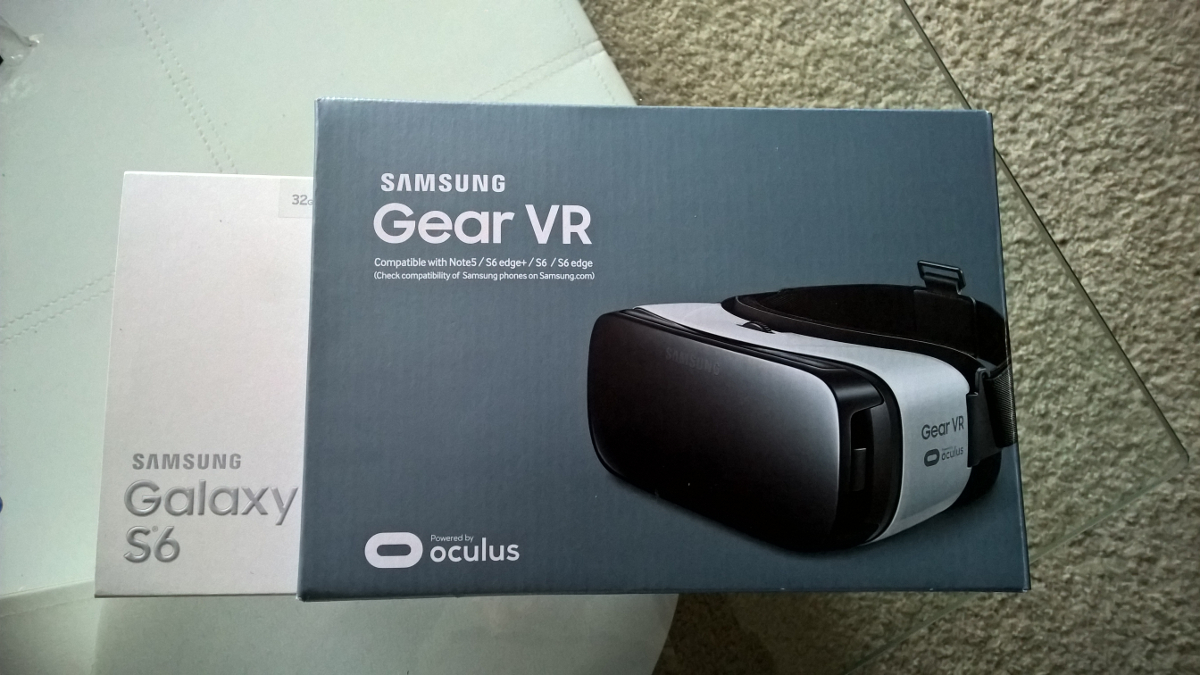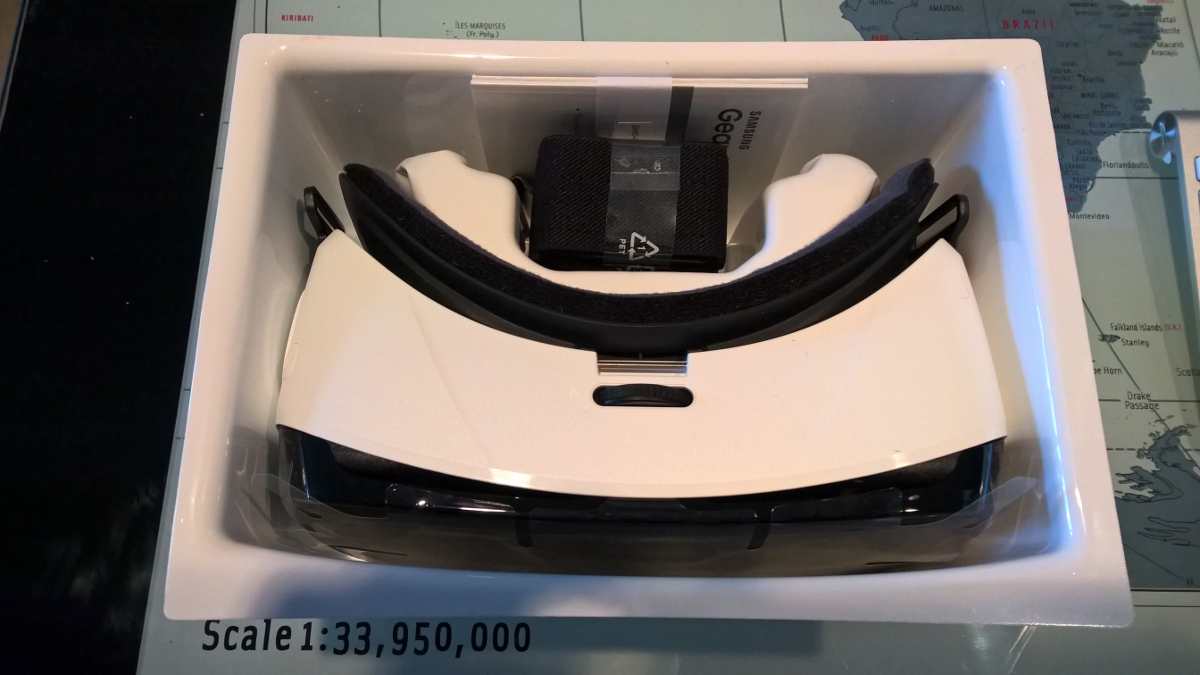Category Archives: Hardware
What just happened?

In case you haven’t heard, there are competitions to see who can solve a Rubik’s Cube the fastest. It’s called cubing. And there are sites where you can learn about it and pick up new techniques (such as the Fridrich Method) and advice, such as the importance of keeping your cube lubricated. Seriously. There’s even official Rubik’s Lube. The people who do it refer to themselves as cubers, and the activity of solving a Rubik’s Cube as cubing. And they are fast. Very fast, with some solving it in under five seconds.
There’s even a World Cube Association and they have regulations on how a cube must be scrambled.
Why am I bringing this up? Because as is or will be the case with everything eventually, they were all just bested by a robot. A robot that can solve a Rubik’s Cube so fast the eye can barely register it. In under one second, .887 seconds to be exact, the cube is turned from a random mishmash of colors to a thing of six-sided, solid color beauty.
It was done using an interesting process, in which two open-shutter cameras took a picture of three sides of the cube, an algorithm on a connected laptop worked out the solution, then passed that solution to an Arduino controller that executed the previously-determined solution. It did this by anchoring the center square of each side with an arm, while also using that arm to spin its respective side. It sounds far better if I just paste the description from the YouTube page:
Prior to the world record attempt a WCA-conform modified speed cube was scrambled with a computer generated random array and positioned in the robot. Once the start button was hit two webcam shutters were moved away. Thereafter a laptop took two pictures, each picture showing three sides of the cube. Then the laptop identified all colors of the cube and calculated a solution with Tomas Rokicki’s extremely fast implementation of Herbert Kociemba’s Two-Phase-Algorithm. The solution was handed over to an Arduino-compatible microcontroller board that orchestrated the 20 moves of six high performance steppers. Only 887 milliseconds after the start button had been hit Sub1 broke a historic barrier and finished the last move in new world record time.
What’s truly amazing is that because it still utilized a multi-step process that handed off functionality two separate times, the time could still be significantly reduced! Watch the video, then watch it again because you’ll miss the actual solving-the-Rubik’s-Cube part. It’s quite incredible.
A tiny (but expensive) jump into VR

As all my readers know, I am a die-hard proponent of the upcoming VR revolution, and it will be glorious. I thought I could wait for the full-fledged headsets releasing later this year, however after a presentation by a VR company that is partnering with a course I’m teaching, and a demonstration of the latest GearVR headset, I took the plunge.
I went to best buy, got a Samsung Galaxy S and a GearVR, and brought them home. What I had experienced with them already was a fascinating look at current consumer grade VR technology, so I thought it was time to invest, take the plunge, and start experimenting with it on my own.
The process was interesting. First, the phone had to charge, and even with it’s Quick Charge technology it still took about 30 minutes. then, getting the plastic carrier out of the Gear VR box was tough, as it was caught on something. I was worried I would destroy the box or the plastic thing to get it out, but somehow I managed with minimal destruction. It did require carefully manipulating it at both ends of the box, and gentle finagling to finally set it free.


